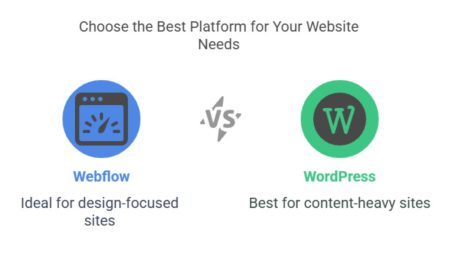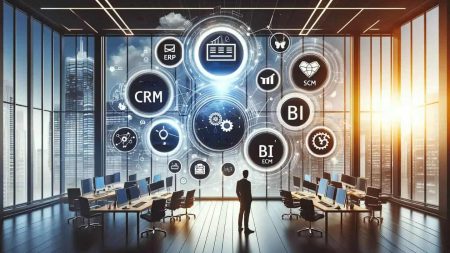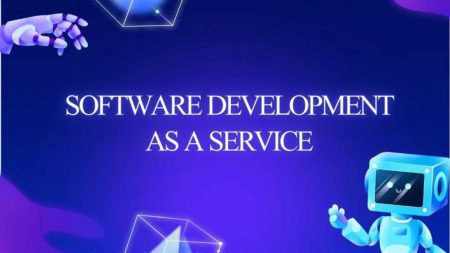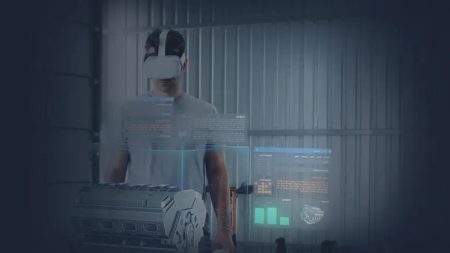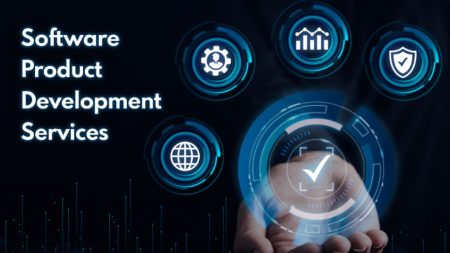MR Bridges the Gap Between Real and Virtual
Picture a world where the distinction between reality and the digital realm becomes almost indistinguishable. That world exists today, thanks to mixed reality (MR). This technology blends the physical and virtual worlds in a way that immerses users like never before. But how is it built? What does mixed reality development truly involve? It’s not as simple as waving a magic wand. Let’s dive into the nitty-gritty of mixed reality development and how this game-changing technology is shaping industries across the globe.
What Is Mixed Reality Development?
Mixed reality development refers to creating immersive experiences that allow users to interact with both the physical and virtual environments at once. It’s like merging two worlds and letting them dance together in harmony. A virtual ball might bounce off your real-world desk, and you could interact with both in real time. It’s not just about overlaying information, as in augmented reality (AR), or immersing users in fully virtual environments, like in virtual reality (VR). Mixed reality lies somewhere in the middle.
Mixed Reality in the Market
MR solutions aren’t just a futuristic concept. It’s already here, with its potential forecasted to grow by leaps and bounds. In 2023, the global mixed reality market was valued at approximately $2.8 billion. By 2028, it’s expected to hit $9.21 billion. Businesses are investing heavily in mixed reality development services to create immersive experiences for customers, employees, and industries ranging from healthcare to gaming. Now, this isn’t a one-size-fits-all approach. Every mixed reality project must be tailored to its audience and application, making the development process as diverse as the technology itself.
What Does It Take to Develop Mixed Reality?
Building mixed reality software can be likened to constructing a house of cards. It’s delicate work that demands balance, creativity, and precision. Mixed reality development requires expertise in 3D modeling, graphics programming, physics simulations, and interaction design. Let’s break it down.
3D Modeling and Animation
To bring virtual objects into our physical world, developers need to create realistic 3D models. This requires more than just artistic talent; developers must know the mechanics of object behavior in a physical environment. How does light hit the surface of an object? How does it move? What happens when it collides with something in the real world? These are all considerations developers must account for.
Graphics Programming
Rendering these 3D models in real time is no easy feat. With mixed reality development, the quality of the graphics needs to be high enough to be convincing but not so heavy that it crashes the system. After all, no one wants to interact with a stuttering hologram, right?
Spatial Mapping and Physics Simulations
For mixed reality services to work, they need to understand the physical space they’re operating in. Using advanced spatial mapping technologies, mixed reality software can detect surfaces, distances, and physical boundaries, ensuring virtual objects interact realistically with the real world. This requires careful physics simulations and calculations.
Interaction Design
It’s one thing to see a virtual object in your physical space, but interacting with it brings a whole new level of complexity. In mixed reality development, developers must decide how users will interact with digital objects. Will they use gestures, voice commands, or physical controllers? Designing these interactions takes time and careful testing.
Industries Gaining from Mixed Reality Development Services
Mixed reality development services are like a multitool army knife for businesses: adaptable, versatile, and highly useful. Various industries are already tapping into MR to create innovative extended reality solutions.
Healthcare
In healthcare, MR is becoming a lifesaver, quite literally. Surgeons use mixed reality to visualize complex operations before they happen. This technology offers a virtual blueprint of the human body while overlaying it on the patient. Think of it as a road map for surgery. A study found that MR technology improved surgical accuracy by 11%, reducing errors and saving lives.
Education
Remember how learning about ancient Egypt was a boring textbook affair? Not anymore! Mixed reality services bring history to life. Imagine walking through a reconstructed pyramid or interacting with historical artifacts in real time. The immersive reality nature of MR helps students better understand complex subjects. Research has shown that students using MR technologies saw a 35% improvement in retention rates.
Manufacturing
Manufacturers are reaping the rewards of mixed reality. In MR-enhanced factories, employees can get real-time data on machinery simply by looking at it. Not to mention, training new workers becomes easier when they can practice on virtual reality VR models of equipment. A leading global manufacturer reported a 15% reduction in production errors after implementing mixed reality services in their operations.
Gaming and Entertainment
Perhaps one of the most exciting applications of mixed reality is in the gaming industry. Imagine playing a game where the virtual characters come to life in your living room. Developers in this space are pushing the boundaries of what’s possible, creating mixed reality software that feels nothing short of magic.
Main Challenges in Mixed Reality Development
While mixed reality development may sound like the golden ticket to a tech revolution, it’s not without its bumps in the road. Every cutting-edge technology faces challenges, and MR is no different.
Hardware Limitations
The technology that powers mixed reality is advancing rapidly, but it’s still held back by hardware limitations. Mixed reality devices, such as Microsoft HoloLens or Magic Leap, require high processing power, exceptional battery life, and accurate sensors. Unfortunately, not all users have access to these high-end devices. This restricts the current reach of MR applications.
Latency Issues
In mixed reality, even a tiny delay can ruin the experience. Latency – the delay between action and response – can make virtual objects appear slow or out of sync with the real world. Developers need to optimize their software to minimize latency and offer users a seamless experience.
Cost of Development
Developing mixed reality software can be expensive. It requires specialized knowledge, cutting-edge tools, and significant time investment. For businesses, the upfront cost can be high, although the long-term returns often justify the expenditure. In fact, some companies have reported up to a 30% increase in productivity after implementing MR solutions.
The Future of Mixed Reality Software
Where is mixed reality headed next? If the current trajectory is any indication, we’re only scratching the surface. Gartner predicts that by 2030, mixed reality technologies will be as common in workplaces as laptops are today. That means more businesses will be seeking out mixed reality development services to enhance their operations. Moreover, advancements in artificial intelligence (AI) will make mixed reality more intuitive. Imagine a future where you don’t have to teach the software how to interact with your environment – it’ll just know. AI-driven mixed reality software could revolutionize industries from retail to logistics, offering hyper-personalized experiences and automating complex processes.
Key Considerations for Choosing a Mixed Reality Development Partner
So, you’re convinced that mixed reality is the way to go, but how do you choose the right mixed reality development partner? It’s essential to keep several factors in mind.
- Experience and Expertise. Developing mixed reality software requires a deep understanding of multiple technologies. Before hire mixed reality developers make sure to choose a partner with proven experience in both MR and your industry. Look for portfolios, case studies, and client testimonials to get a clear picture.
- Customization. Every business is different. You need a mixed reality development partner who can tailor the solution to your specific needs. Off-the-shelf products might work for some, but if you’re aiming for something innovative, customization is key.
- Ongoing Support. Mixed reality is a rapidly evolving field. The development doesn’t end with the deployment of your product. Ensure that your partner offers ongoing support and updates to keep your MR solution up to date and functional as technology advances.
- Cost. While MR solutions can be pricey upfront, it’s crucial to balance cost with potential ROI. Many companies offer scalable solutions that allow you to start small and expand as your needs grow.
Mixed Reality – A Fresh Chapter is Here
Mixed reality development is far more than a passing fad. It’s shaping up to be the next major evolution in technology, with far-reaching impacts across countless industries. The ability to seamlessly blend the virtual and physical worlds is a powerful tool that businesses can leverage to stay ahead of the curve. If you’re looking for ways to create more engaging customer experiences, increase productivity, or improve employee training, mixed reality development services could be the key to unlocking your next breakthrough. But remember, entering the world of mixed reality isn’t a solo journey. It takes the right expertise, tools, and vision to bring those digital dreams into reality. As the saying goes, “Rome wasn’t built in a day,” and neither is mixed reality software. It requires collaboration, creativity, and an eye for detail. But once it’s built, the possibilities are endless. So, are you ready to step into the future?



